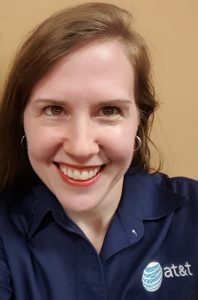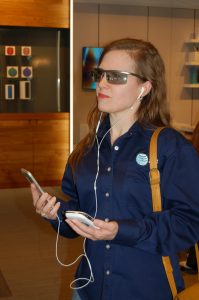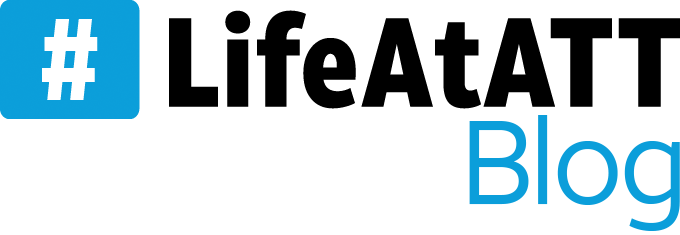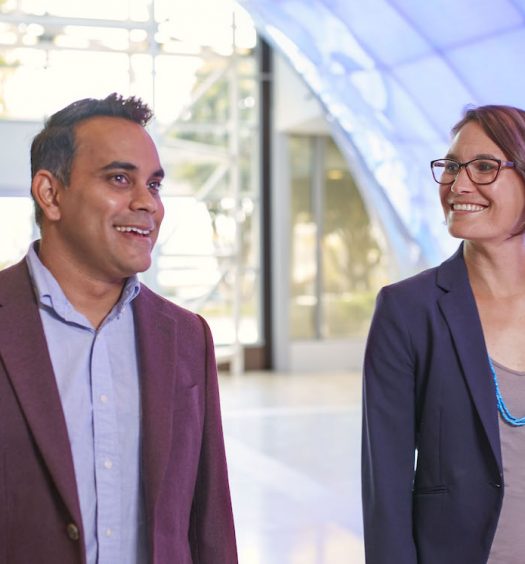
One billion.
That’s the number of people worldwide who have a disability according to the World Health Organization. With so many people affected by disabilities, working towards accessibility and inclusivity in our workforce and products is absolutely essential. That’s where our Chief Accessibility Office (CAO) comes in.
Our CAO helps teams across the company to identify and address accessibility needs when creating or modifying products and services. “We do this, by providing specific standards, solutions, test cases and tools to care for accessibility requirements in customer-facing products as well as those used internally by employees,” explains Lead Accessibility Solutions Engineer, Anne Roberts.
It’s a big job, but one Roberts and her coworkers feel passionate about it. “Accessibility means that everyone has equal access to information, goods, services and locations. It means being inclusive, respectful and doing the right thing.”
Finding Her Passion

Roberts testing visual interpretation technology for users who are blind or have low vision
“It’s just something that’s always been in my heart,” Roberts said of her attraction to the work. She has been in this field, in some capacity or another, since her days in college, where she earned a bachelor’s degree in computer science. Her initial realization that creating a more inclusive world came even earlier, in junior high school.
“I saw a film where a Deaf woman was left out of a conversation, and I felt compelled to learn American Sign Language (ASL). I bought a book on it and started teaching myself,” she said. Several years and a degree later, she returned to school to study ASL and interpreting. This, paired with her background in computer science, would eventually bring her to AT&T and the CAO.
Roberts was recruited to join our WiFi Services team in 2011 as a Data Analyst. In 2015, she began her ASL studies and reached out across the company for others who knew ASL. Through her search, she met someone in the CAO and was invited to apply for a position there.
Developing Accessible Solutions
Today, Roberts and her teammates help enhance accessibility and inclusion across AT&T systems. This includes tasks like ensuring websites are up to date on Web Content Accessibility Guidelines (WCAG) and maintaining the Accessibility Compliance Resources site for employees. She also shares accessibility news each week and helps lead accessibility training. Beyond day-to-day tasks, she is involved in strategic planning and delivering on-demand support to various teams across the company.
“My recent most exciting project is the 5G captioning helmet that AT&T developed in partnership with Gallaudet University,” she said. “I especially love it when I’m invited to join projects that are tied to the d/Deaf and hard of hearing community. I love being part of projects that make a real, positive difference in people’s lives.”
The football helmet leverages the power of 5G to show visual play calls on a screen in the helmet’s visor, making communication between the coach and players more inclusive.
Accessibility isn’t just a concern to Roberts and the CAO; it impacts all our lives. The reasons are quite simple. “First, it’s the law,” she said. “Second, it’s good for business. It drives innovation, enhances the brand and extends market reach. Most importantly, it’s the right thing to do.”
Learn about Ability, our Accessibility-focused Employee Group



